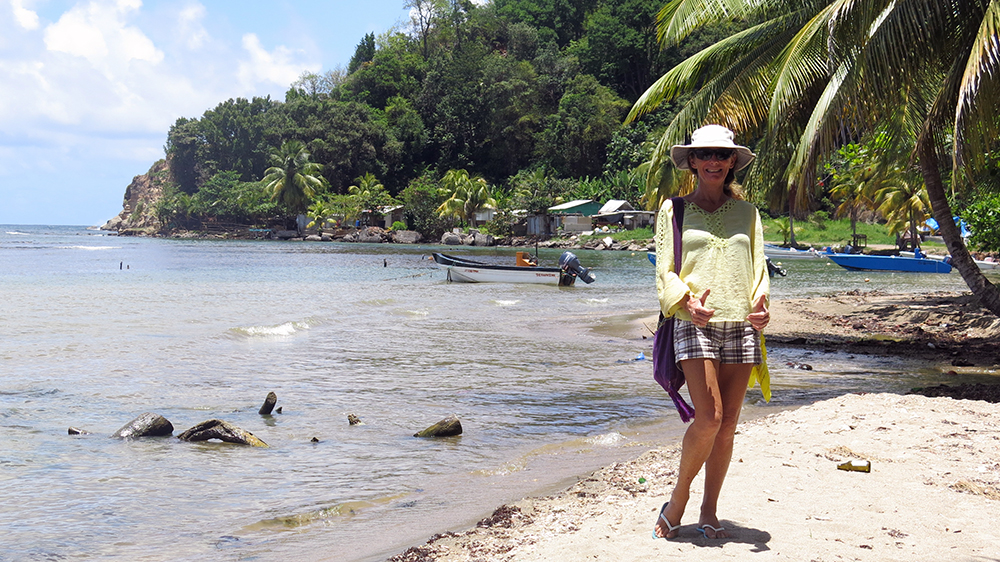
After leaving Martinique we sailed northwards to Dominica, a small English-speaking island state located slapbang in the middle of the French Antilles. As we sailed into Prince Rupert Bay at the northwest end of the island we received a warm and friendly welcome from Albert, the PAYS representative for the day. Until a few years ago Dominica had a poor reputation in the yachting community for petty thievery and hassling the crews of visiting boats. Albert and some of the other boatmen formed the Portsmouth Association of Yacht Services (PAYS). They provide security, moorings, assistance with customs and immigration formalities and a host of other services useful to yachties.
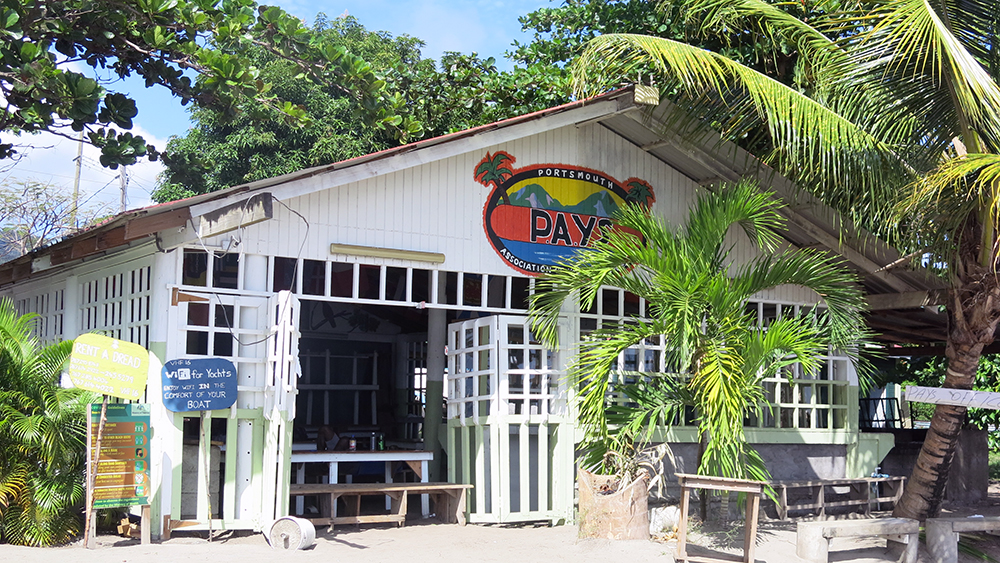
As we anchored off the black sand beach loud reggae and soca music thumped across the anchorage accompanied by the delicious smell of barbequed chicken, the shrieks of children playing in the waves and the golden light of another Caribbean sunset. There is no shortage of Caribbean spirit in Dominica and at the weekend the beach is THE place to be. We went ashore to enjoy a cold beer and soak up the weekend craziness.

Portsmouth is a quiet llittle town with a couple of minimarkets, a bakery and a small veggie market. A conch shell is blown to announce the return of a fishing boat and the fish is sold directly off the dock. The town, in fact the whole island, was devastated by hurricane Maria in 2017 and many homes have still not been rebuilt. USAid or Unicef tarpaulins are used to cover gaps in walls and roofs, and vines and thick foliage are overgrowing houses that are too damaged to live in.
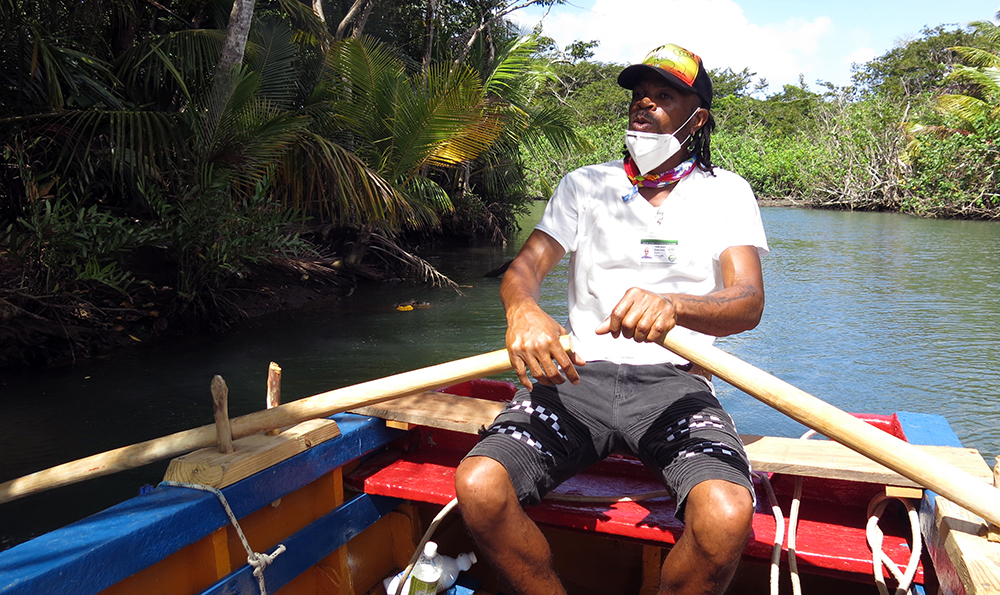
Nicknamed the Nature Island Dominica is covered in verdant tropical rainforest drained by hundreds of rivers and waterfalls. Portsmouth lies at the mouth of the Indian River which is navigable for several miles inland. No outboard engines are allowed to be used in the nature reserve so we hired a guide to do the hard work (!) As Denroy rowed the heavy wooden pirogue upstream he pointed out the wildlife, showed us various medicinal plants and explained how people in Dominica live close to nature.
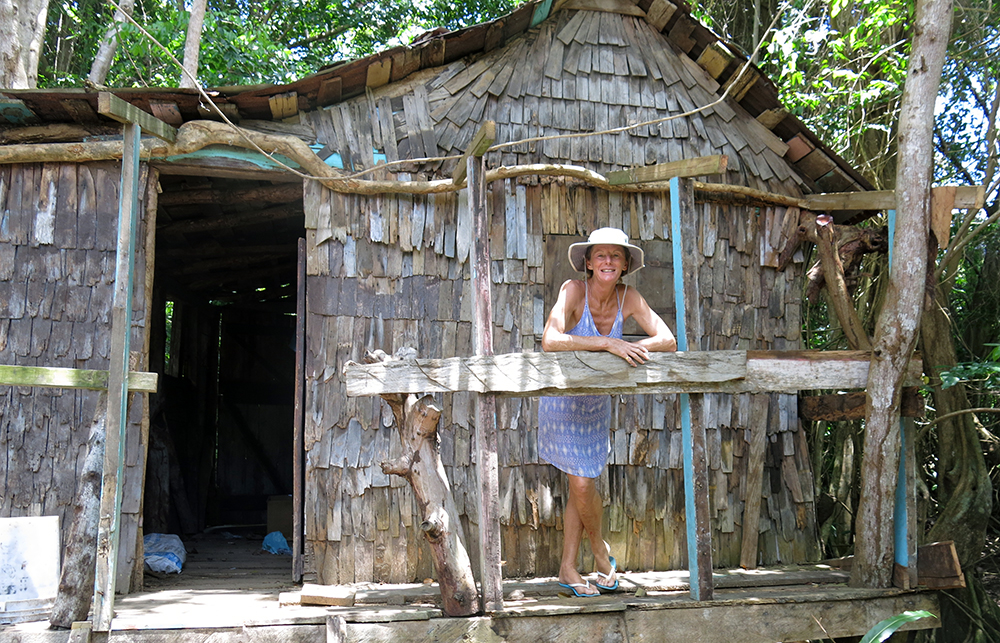
Dominica may be quiet but it is not a complete backwater; Hollywood recognised the unspoiled beauty of the island and filmed several scenes for Pirates of the Caribbean – Dead Mans Chest here. Denroy showed us the house built on the Indian River where Jack Sparrow visited the voodoo sorceress Tia Dalma, and the runaway water wheel was filmed on the other side of the island.
PAYS also organises beach barbeques a couple of times a week for visiting cruisers to get together and to meet some of the local boatmen. Yachties are a friendly bunch and lubricated with free flowing rum punch it wasn’t long before we were sitting around sharing tall tales and top tips of boat life in the Caribbean. We met Dee and Paul on S/V Tethys and arranged to take an island tour together the next day.
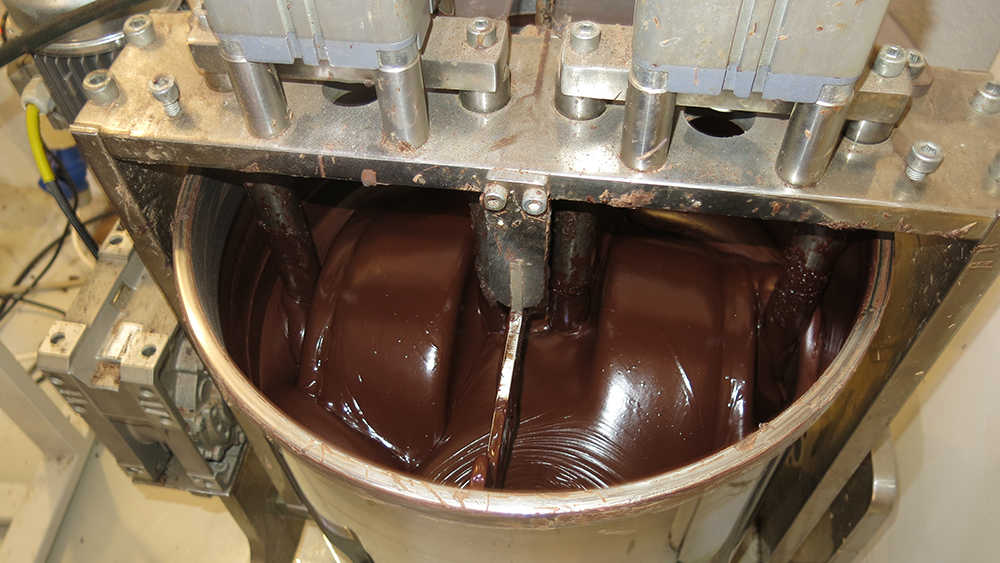
The island is home to nine “potentially active” volcanoes, so to say the island is mountainous is an understatement. Our first stop was at the Pointe Baptiste chocolate factory. It’s a small operation and the chocolate is all made by hand using cocoa sourced from local farmers. We were shown each step of the process before descending on the tasting table for a chocolate feeding frenzy: drooling over exotic flavours such as ginger, hot pepper, lemongrass and tangerine . . . soooo good!
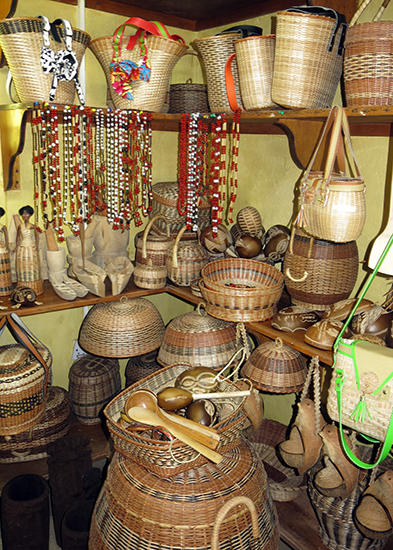
Dominica was the last island in the Caribbean to be colonized; the terrain was unsuitable for sugar production and the indigenous and cannibalistic Caribs put up fierce resistance to the European settlers. Eventually the island was invaded pushing the Caribs into the mountains and other remote areas where they remained isolated until the introduction of banana cultivation in the 1980s. We visited the semi-autonomous Kalinago Territory on the east coast of the island where the remaining Carib population lives. They showed us their traditional methods for agriculture and building and we admired their beautiful baskets and beadwork.
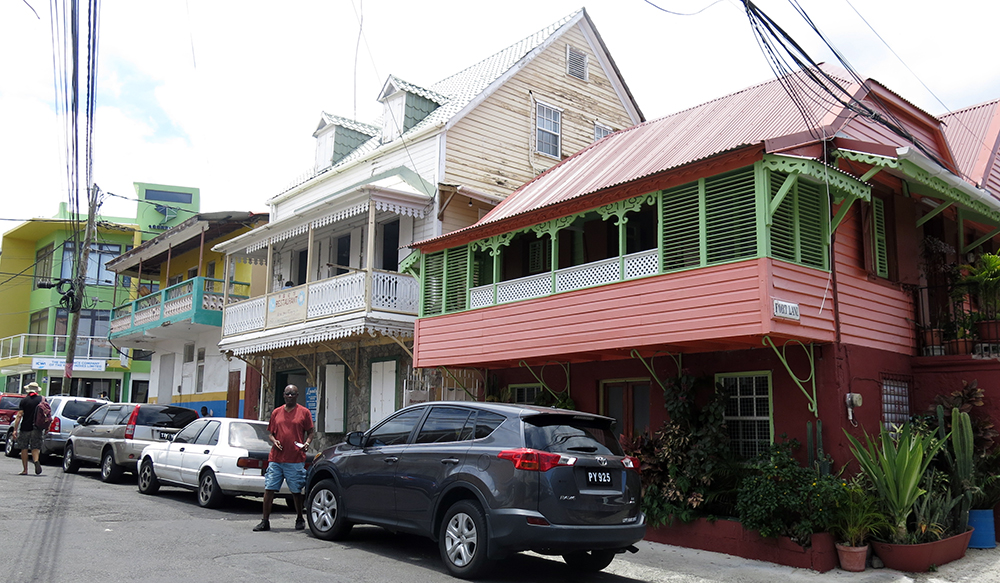
One day we took the bus to Roseau, the main town on the island. The streets fanning out from the market square are lined with small wood-framed houses, brightly painted with intricately carved facia giving them a gingerbread effect. Larger stores and commercial buildings have overhanging balconies providing shaded walkways to explore the numerous shops and street stalls. A dock for ferries and small cruise ships brings visitors to the island.
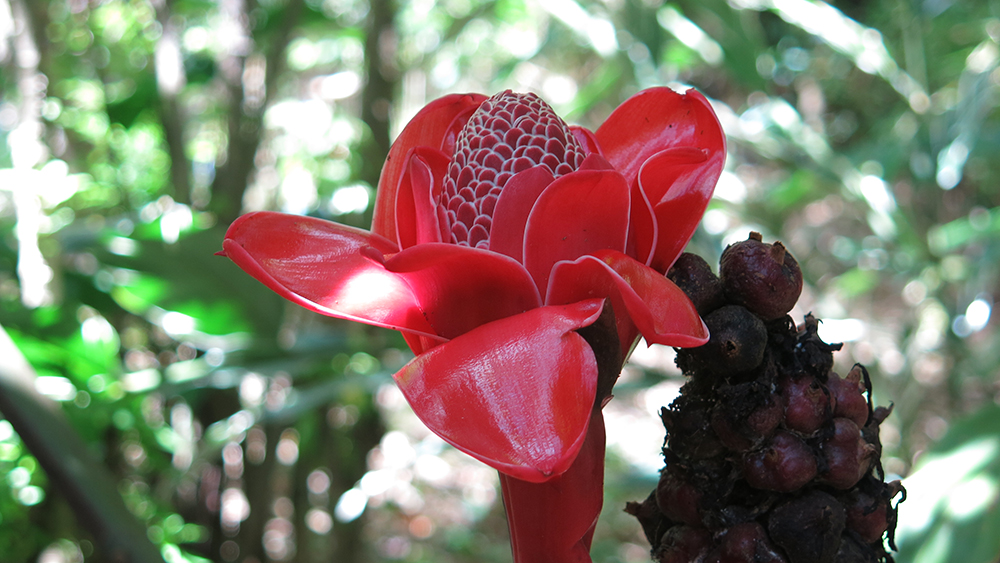
Dominica is really special. It is one of the least developed Caribbean islands with little tourist infrastructure and almost no big resorts. Traditionally agriculture and fishing were the main pillars of the economy but recently citizenship by investment (the sale of Dominican passports) has brought in a welcome flow of hard currency. However they cannot remain immune to the lure of tourist dollar and construction of a large international airport has begun. Let’s hope controlled and sustainable tourism will follow.
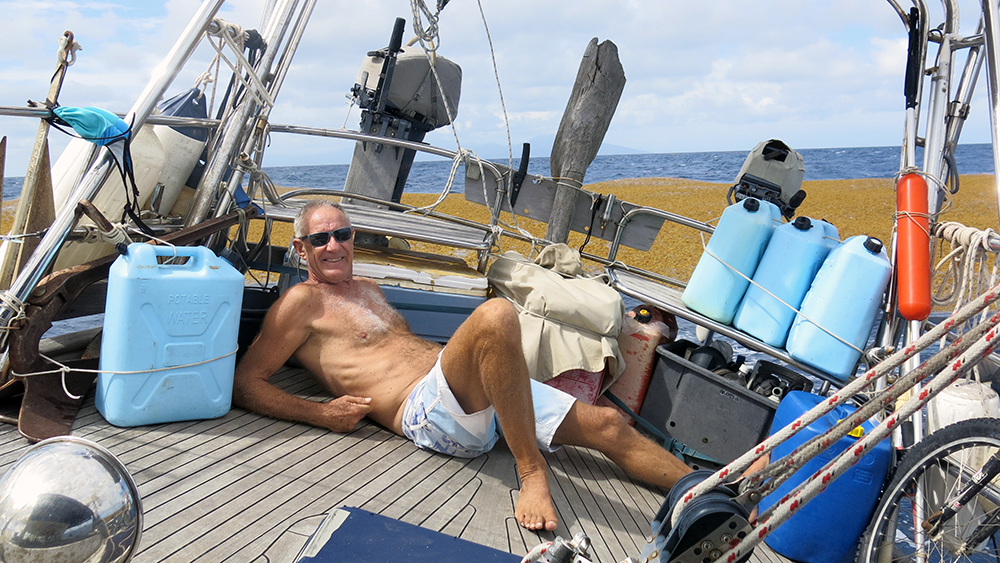
More soon xxx
